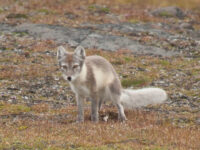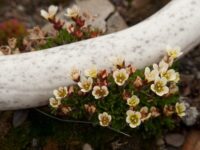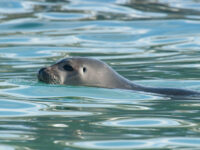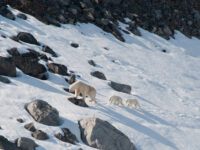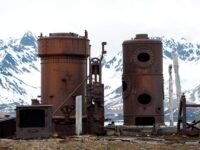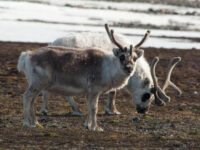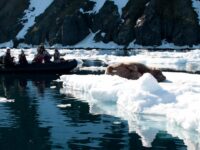Experience the high Arctic summer solstice with an expedition that visits some of the top sites of eastern Spitsbergen. Our goal is to take you to amazing glaciers, fascinating historical sites, bountiful seabird colonies, and sprawling fjord systems in which there is a good chance of spotting whales, seals, and possibly even polar bears.
Summer solstice: midnight sun, and 24-hour day
The midnight sun is a phenomenon that occurs during the Arctic summer, when the sun is visible for a full 24 hours in fair weather. The summer solstice in Longyearbyen falls on 21 June, The term solstice (Latin solstitium) means “sun-stopping” and describes the point on the horizon at which the sun appears to rise and set, stopping and reversing directions after this day. On the solstice, the sun does not rise precisely in the east but rather north of east, then later sets to the north of west, making the sun visible for a longer period of time. It will not be until late August that the sun fully goes down again, and then only for a few minutes.Join us in experiencing this fascinating phenomenon during this voyage through the Arctic wilderness of Svalbard.



